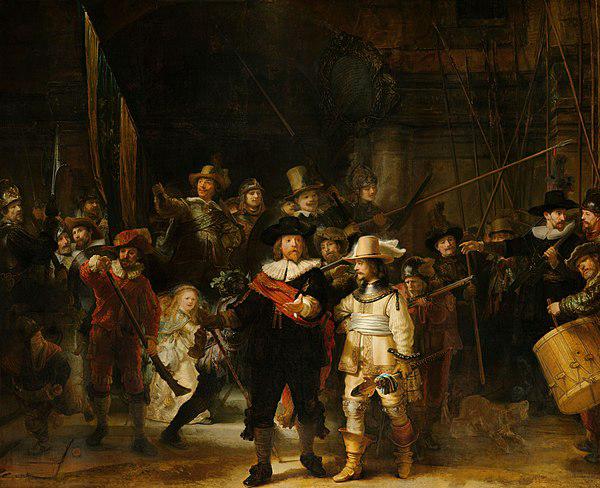Black has long been a color that intrigues artists across different eras. From the Baroque period's interplay of light and shadow to modern art's bold expressions, black serves as a powerful tool in artistic storytelling. Its journey through time reflects shifts in cultural thought, offering a canvas for both visual and intellectual exploration.
Baroque Art's Use of Black
In Baroque times, black became a dynamic force in art. Caravaggio's chiaroscuro technique, which plays light against dark, transformed ordinary scenes into extraordinary ones. In "The Calling of St Matthew," he uses black to set the stage for divine intervention. The shadows create tension, as if pausing time itself.
Artemisia Gentileschi wielded black with similar skill. Her "Judith Slaying Holofernes" uses darkness to amplify drama and turn violence into poetry. The contrast invites viewers to contemplate courage and justice.
In Baroque sculpture, shadows add depth and emotion to marble figures. Bernini's dramatic scenes use light and shadow to bring static sculptures to life, often depicting celestial struggles against mortal ones.
This era didn't just paint darkness; it shaped it. The tension created by artists like Caravaggio and Gentileschi wasn't merely visual—it sparked emotion and drew viewers into deeper engagement.
Modern Art's Interpretation of Black
In modern art, black steps out of the shadows and into the spotlight. Odilon Redon saw black not as absence, but as a source of mystery. In works like "The Smiling Spider," black takes center stage, blurring the lines between reality and imagination.
Kazimir Malevich's "Black Square" celebrated pure abstraction, questioning the very essence of art. Contemporary artists like Kara Walker use black silhouettes to spark dialogue about race and identity.
Modern art invites viewers into a personal space where shadows tell their own stories. Black becomes a spectrum of possibility, challenging us to find meaning in the depths.
Comparative Analysis: Baroque vs. Modern
The journey from Baroque to modern art shows how black shapes artistic expression. In Baroque art, black created drama and emotional richness. Artists like Caravaggio used it to weave tension and enlightenment into theological stories.
Modern art, however, uses black to explore psychological and existential themes. It's no longer just a backdrop but a stand-alone entity. Redon's exploration of the subconscious through his noirs presents black as a vessel for exploring the human soul.
In Baroque art, black quiets the room, creating a space for stories to unfold. Modern art untethers black from these constraints, allowing it to expand within the viewer's imagination.
Kara Walker's work charges black silhouettes with potency, confronting historical accounts and provoking discussions on identity. Here, black isn't just a shade; it's a deliberate choice to engage with complex themes.
This shift shows how black has evolved from a component of visual tension to an invitation to explore human thought and experience.

Cultural and Historical Context
The use of black in art reflects broader cultural shifts. In the Baroque era, the Counter-Reformation influenced artists to use black for emotional and religious impact. The Catholic Church wanted evocative art to inspire piety, leading to techniques like Caravaggio's tenebrism.
The 20th century brought new ideas that changed how artists used black. Psychoanalysis and social upheavals led artists like Redon to explore the subconscious through dark hues. Wars and social justice movements further shaped black's artistic context. In the Black Arts Movement, artists used black to express identity and resistance.
While Baroque artists used black for religious and emotional impact, modern artists use it for introspection and cultural commentary. This evolution shows how black reflects the complexities of both art and human experience across different eras.
Black remains a profound medium for artists to engage with the human experience, whether enhancing Baroque stories or probing modern existential questions.
- Camara E. Artemisia Gentileschi: The Language of Painting. Yale University Press; 2020.
- Gioni M. The Black Saint and the Sinner Lady. Artforum International. 2023.





















